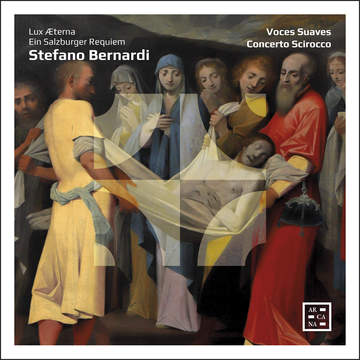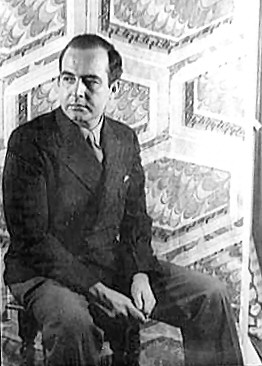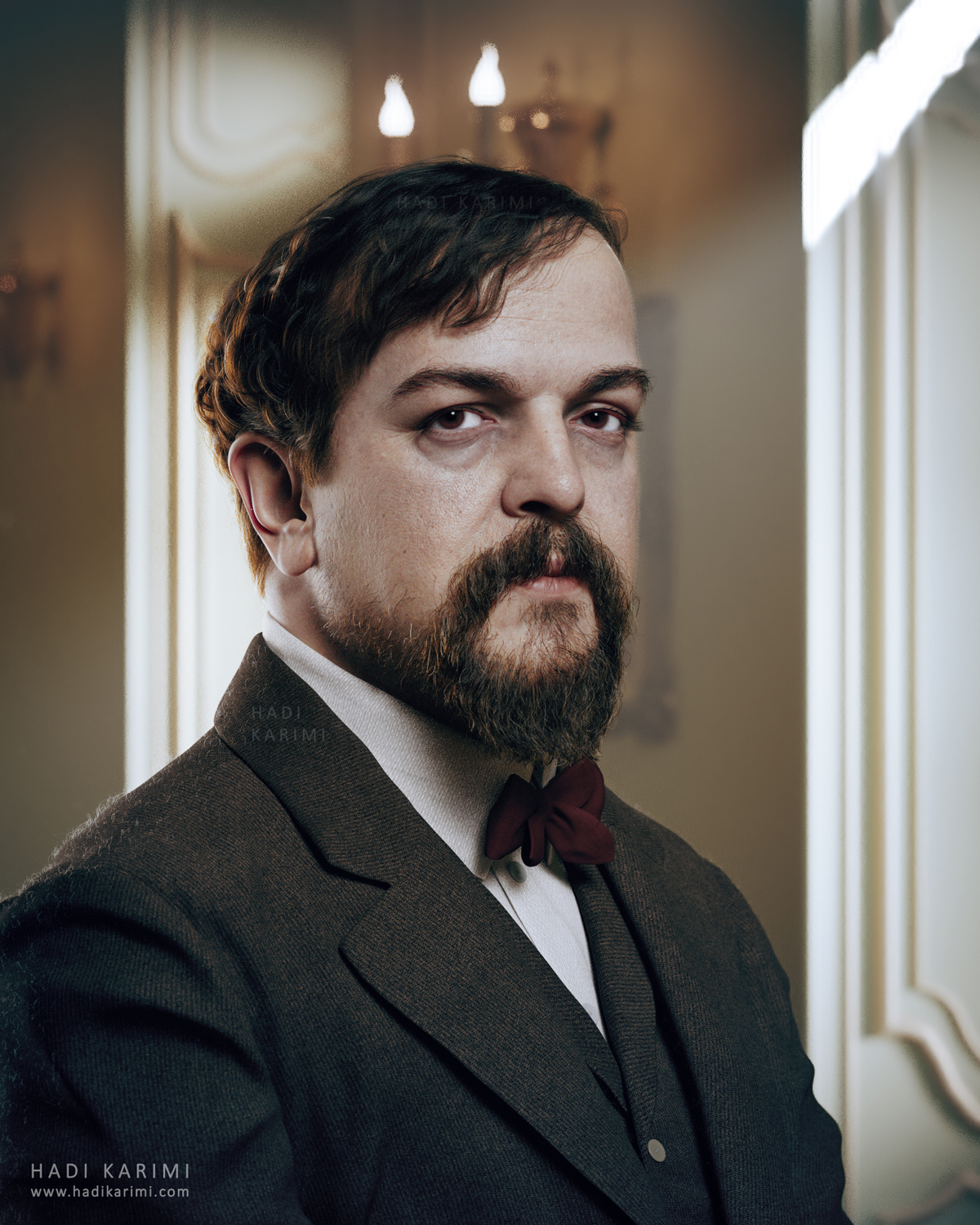-
Music Moderators: deficiT
You are using an out of date browser. It may not display this or other websites correctly.
You should upgrade or use an alternative browser.
You should upgrade or use an alternative browser.
The Classical thread
- Thread starter mr peabody
- Start date
Nas47
Road-Weary Traveler
Scattering.....
RareForm
Bluelight Crew
Mr. Krinkle
Bluelight Crew
- Joined
- Apr 2, 2005
- Messages
- 29,428
Derschieber
Bluelighter
Russian Collusion. I'm infatuated.
izo
Bluelighter
Hi. What means missa pro defunctis?
mr peabody
Bluelight Crew
Missa pro defunctis, aka Mass for the deadHi. What means missa pro defunctis?
mr peabody
Bluelight Crew

Frédéric Chopin [1835] - Ballade no. 1 g-minor op. 23
played by Olga Scheps [2015]
Why don't they clap the musicians, eh?
mr peabody
Bluelight Crew

Stefano Bernardi [1629] - De profundis clamavi ad te, Domine
Artists: Voces Suaves & Concerto Scirocco
After rediscovering the music of Giovanni Croce, maestro di cappella at St Mark’s cathedral in Venice (A439), Ensembles Voces Suaves & Concerto Scirocco take us to Salzburg and put the spotlight on the Verona-born composer Stefano Bernardi, a contemporary of Monteverdi. Bernardi reached the peak of his career in Salzburg, when he was appointed the first Kapellmeister of its newly constructed cathedral, a position he held from 1628 to 1634. Bernardi contributed greatly to the integration of the Italian nuovo stile in Salzburg, especially of features such as polychorality and the stile concertato, and may therefore be seen as the musical forefather of later, more famous Salzburg musicians. The outstanding stature of his music is clearly evident from his majestic Requiem, the manuscript of which is still preserved in the Salzburg cathedral archives. Particularly impressive is the Sequentia, which forms the core of the work and opens with an elaborate Dies irae section, based on the famous chant melody. The Requiem, as well as a number of Motets by Bernardi, is recorded here for the very first time.
Last edited:
izo
Bluelighter
Karol szymanovski - andante ma non troppo
mr peabody
Bluelight Crew

Samuel Barber [1967] - Agnus Dei
performed by Vlaams Radiokoor (Flemish Radio Choir) [2015]
Conductor: Marcus Creed, conductor
warmest thanks to @F.U.B.A.R. (OP)
Last edited:
mr peabody
Bluelight Crew

Frédéric Chopin [1833] - Etude Op 10 No 3 in E major Tristesse
played by Evgeny Kissin
Last edited:
mr peabody
Bluelight Crew
Kolbeinn Tumason - Hear, Smith of Heavens
Poem by: Kolbeinn Tumason (1173–1207)
Music by: Þorkell Sigurbjörnsson (1938–2013)
Performed by: VOCES8
Kolbeinn Tumason was a member of the Ásbirningar family clan, and was one of the most powerful chieftains in Iceland around the turn of the 13th century. His power was probably at its height around 1200 AD. Kolbeinn used his influence to ensure that men in his favour received positions of power within the clergy, amongst them bishop Guðmundur Arason. Guðmundur, unbeknownst to Kolbeinn, proved to be an advocate of clerical independence and resented interference from the secular chieftains. The two were soon at odds. In 1208, Kolbeinn and his followers attacked Guðmundur and his supporters in Hjaltadalur by Víðines. The ensuing battle is known as the Battle of Víðines. Tumason is best known for composing the hymn Heyr himna smiður ("Hear, Smith of heavens") on his deathbed. It is now a classic and often-sung Icelandic hymn.
Music by: Þorkell Sigurbjörnsson (1938–2013)
Performed by: VOCES8
Kolbeinn Tumason was a member of the Ásbirningar family clan, and was one of the most powerful chieftains in Iceland around the turn of the 13th century. His power was probably at its height around 1200 AD. Kolbeinn used his influence to ensure that men in his favour received positions of power within the clergy, amongst them bishop Guðmundur Arason. Guðmundur, unbeknownst to Kolbeinn, proved to be an advocate of clerical independence and resented interference from the secular chieftains. The two were soon at odds. In 1208, Kolbeinn and his followers attacked Guðmundur and his supporters in Hjaltadalur by Víðines. The ensuing battle is known as the Battle of Víðines. Tumason is best known for composing the hymn Heyr himna smiður ("Hear, Smith of heavens") on his deathbed. It is now a classic and often-sung Icelandic hymn.
Last edited:
mr peabody
Bluelight Crew

Claude Debussy [1910] - Prelude No. 1: "Danseuses de Delphes"
Christopher Jessup - piano
Debussy's Danseuses de Delphes (Dancers of Delphi) was inspired by a sculpture on exhibit at the Louvre. The music evokes images of Ancient Greece, whose culture was then popular in many Parisian intellectual circles. A masterpiece of atmosphere, the work is hardly a great challenge to the pianist's technique, but quite interpretively demanding.
Last edited:






